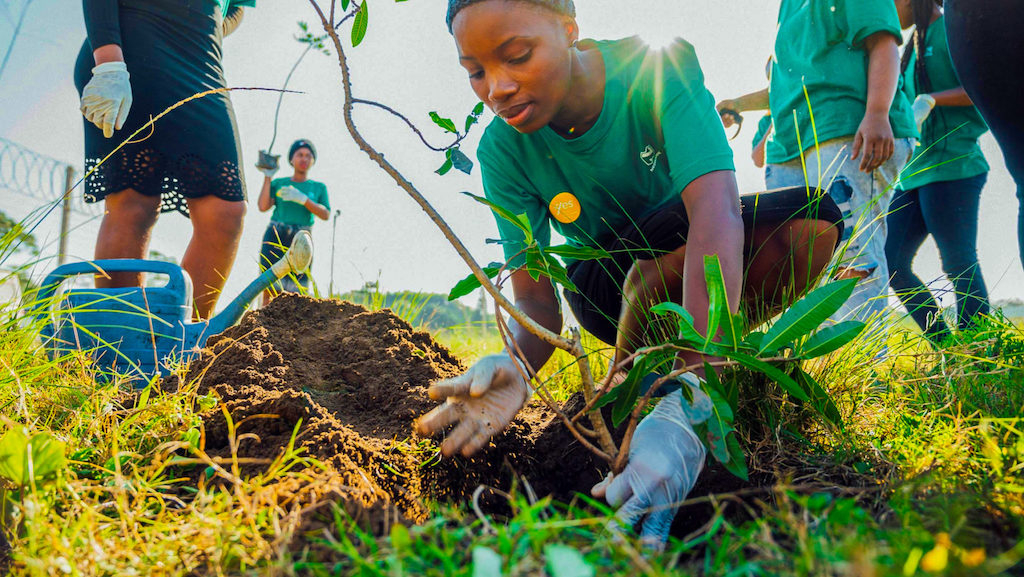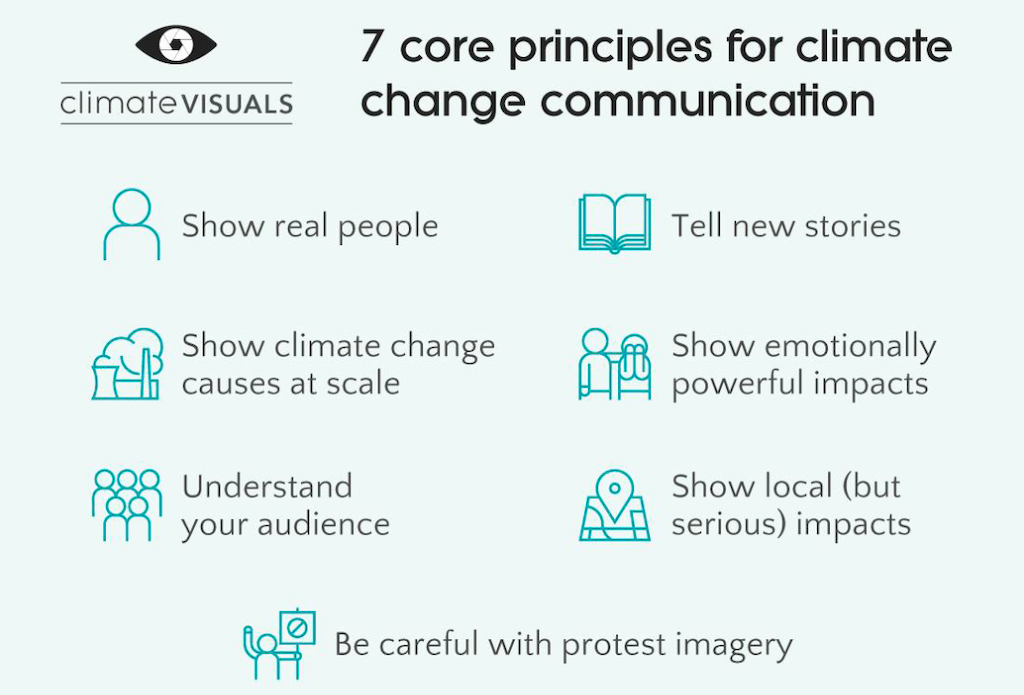
16 Mar JustSA answers #PowerTracker question
Launch of catalytic renewable energy programme in Mpumalanga follows Oxpeckers data exposé. Roxanne Joseph reports

Mpumalanga has numerous greening programmes, but only one renewable energy project feeding the grid. Photo: Yes4Youth
The importance of monitoring South Africa’s Just Energy Transition was emphasised at the launch this week of a €15-million (about R290-million) initiative, dubbed JustSA, that aims to provide research and technical support for “catalytic” transition projects in Mpumalanga.
“Where are Mpumalanga’s new energy projects?” asked Nkosinathi Nkonyane, interim executive at the Mpumalanga Green Cluster Agency, which works to stimulate a green economy in the province. He was a panel member at the launch, hosted by the agency, GreenCape, Trade and Industrial Policy Strategies, the National Business Initiative, the Youth Employment Service and WWF, with support from the Department of Environment, Forestry and Fisheries.
Nkonyane was referring to an Oxpeckers #PowerTracker investigation published at the beginning of March asking that question. The data-driven investigation dug deep to show that Mpumalanga has only one renewable energy project supplying power to the national grid – a biomass power plant – despite having an estimated 5.5GW of available grid capacity and great potential for wind and solar farms.
Nkonyane said the investigation raised a good question, and that JustSA was formed to address it. JustSA is being funded by the German government’s International Climate Initiative and will be implemented over a five-year period. It aims to assist in identifying transition paths in Mpumalanga by providing ongoing support, working closely with local communities, and facilitating more infrastructure and economic development in the province. This will include skills development and giving workers the opportunity to participate in and benefit from the development of new energy projects.

How to deal with climate change visuals was one of the topics of our training session. Graphic courtesy Climate Outreach
Complex terrain
There is a plethora of studies, years of research and confusing figures being bandied about concerning South Africa’s Just Energy Transition Investment Plan (JET-IP), which sets out the scale of investment needed to transition away from fossil fuels over the next five years.
At an internal training session held last week, #PowerTracker journalists discussed how to interrogate these unknowns and to report on the renewables revolution, a complex and ever-shifting terrain.
Now in its second iteration, the #PowerTracker training and professional support programme is a collaboration between Oxpeckers, several partners and sponsors. The team pulls together investigative journalists, data journalists, video and photojournalists, editors and social media experts, in order to track the rise of renewable power in the Mpumalanga province.
Sebastián Rodriguez, an experienced climate journalist who is currently the acting editor of Climate Home News, shared tips and insights about reporting the climate crisis and the stresses of the transition on the ground. “The most engaging content includes and gives voice to the people directly affected,” he said.

Sebastián Rodríguez: ‘The most engaging content includes and gives voice to the people directly affected.’ Photo supplied
Following the money
The presidential climate commission (PCC), whose role is to oversee and facilitate a just and equitable transition, is rolling out in-person and online consultations and meetings with stakeholders, but the journalists pointed out that their interviews in the field indicate there is still a general feeling of insecurity and confusion about the transition on the ground.
One of the biggest challenges is following the huge amounts of money pledged, and how it is being spent. To make sense of the financial commitments made and real-time spending around renewables in Mpumalanga, #PowerTracker journalists are creating a tracking database from scratch.
This information analyses individual projects in the province, separating ones that are publicly funded from those that fall under private ownership. It provides a better understanding of the funding mechanisms involved, amounts invested and how much is actually being spent on new energy initiatives.
But accessing this data has always been a challenge. Journalists have been told repeatedly by Eskom and projects that have been awarded contracts that much of the documentation, including power purchase and implementation agreements, is confidential and cannot be shared publicly.
While investigating projects such as the Ngodwana biomass plant and several parcels of land won by developers in Eskom’s land lease auction last year, journalists were told that both parties had signed non-disclosure agreements and were not allowed to discuss details such as cost and spending.
Rodriguez encouraged the team to “dig deep” by looking to public registries, company records and private companies for information.
As part of the programme, Oxpeckers is building an open-source mapping tool that will allow users to track and monitor renewable energy projects in Mpumalanga, and beyond.
Their efforts will result in free and easy to access data that includes the capacities of energy projects, decommissioning strategies and timelines, how much carbon emissions they are reducing, who is funding them, and how much they cost.
Roxanne Joseph is project manager of the Oxpeckers #PowerTracker programme, which is supported by the African Climate Foundation’s New Economy Campaigns Hub
